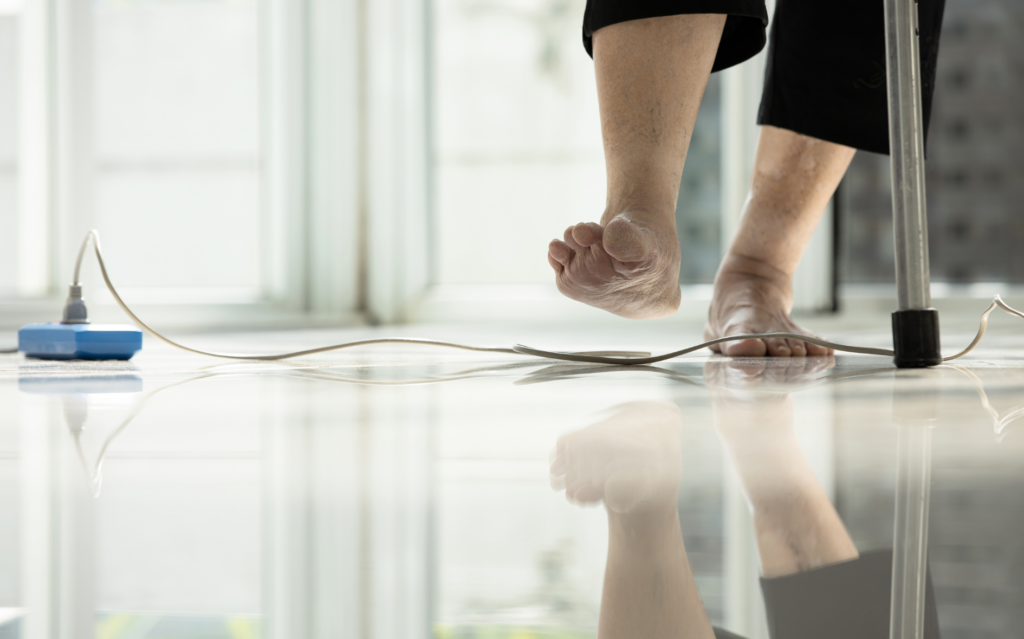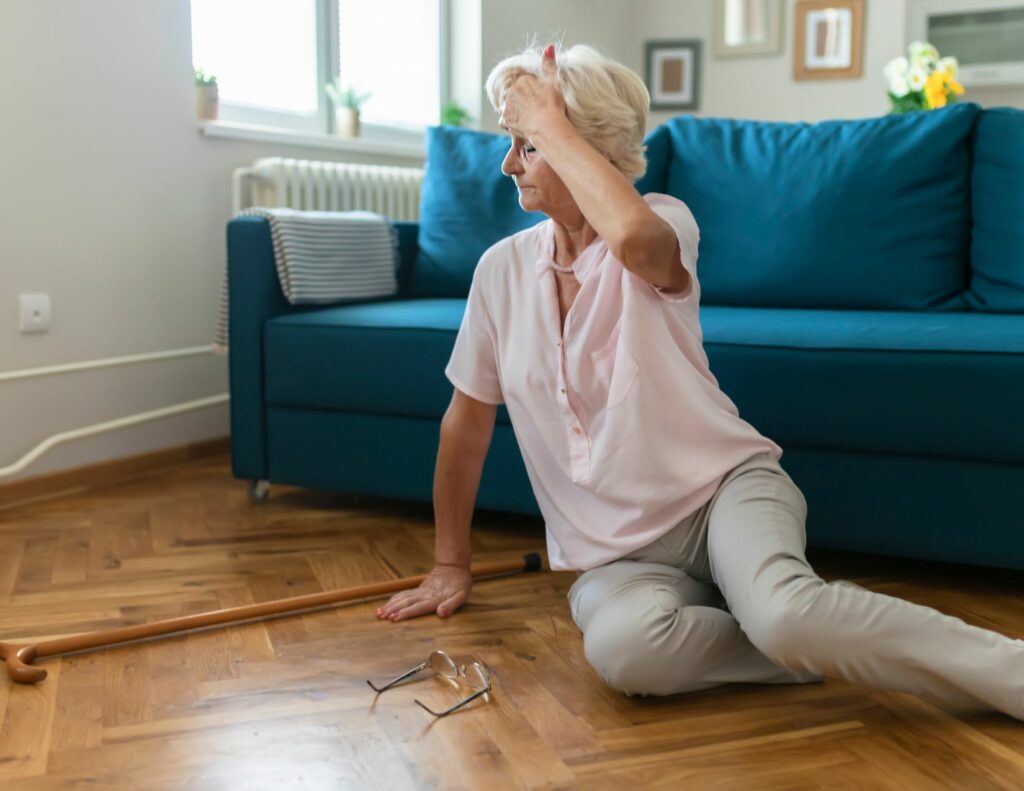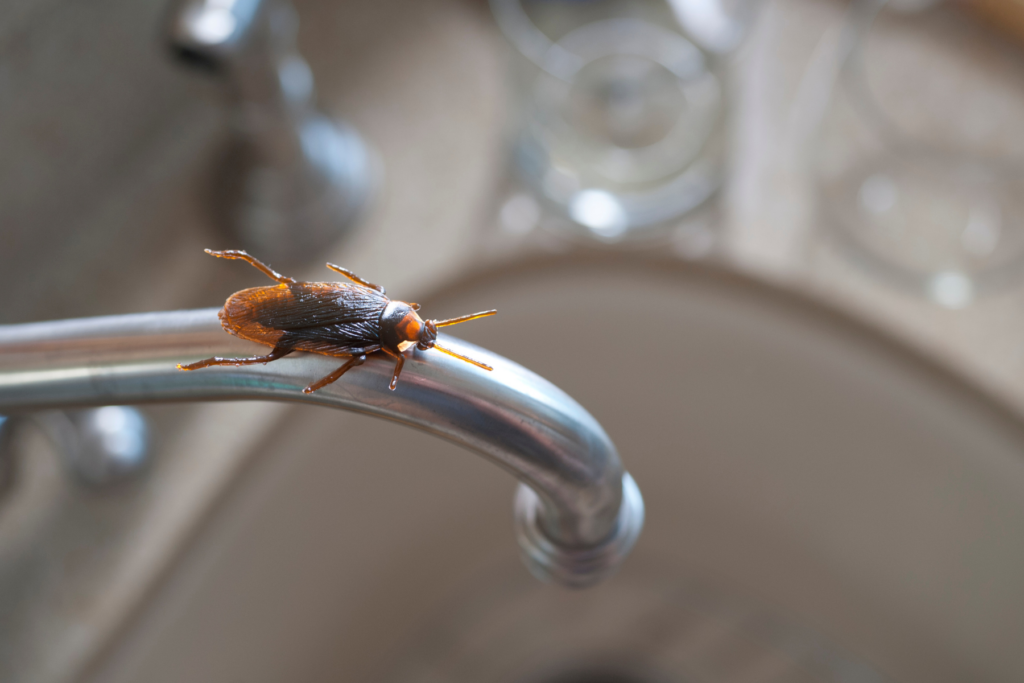Aging is a journey of transition and adaptation. For many, it brings a renewed focus on safety, independence, and creating a home environment that supports these goals. However, one often-overlooked factor that can significantly impact safety is clutter. The items we accumulate over the years may seem harmless. But as we age, they can introduce real risks that compromise mobility, health, and peace of mind.

This blog will explore how clutter impacts safety for older adults. We’ll also consider and offer thought-provoking insights into why decluttering is not just a matter of aesthetics but a critical step toward maintaining independence and well-being.
How Clutter Impacts Safety
1. Clutter and Fall Hazards
According to the U.S. Centers for Disease Control, falls are a leading cause of injury and hospitalization among older adults. A crowded home filled with stacks of papers, extra furniture, or loose rugs can quickly become a minefield.
- Trip Hazards: Items left on the floor, such as shoes, books, or even beloved pets’ toys, can lead to missteps. For someone with reduced vision or balance, these are serious risks.
- Uneven Pathways: Narrow walkways between furniture pieces can force individuals to shuffle or move awkwardly, increasing the likelihood of falls.

In Real Life
Marie, an 67-year-old retiree, worried that her cluttered home posed a fall risk for her aging father, who lived with her. Knoxville Home Organizer worked with Marie to declutter and make her home easier to navigate for her elderly father. The result? More room to move within their rooms and less risk of falling for Marie’s father.
What to Ask Yourself:
- Are your walkways clear enough to navigate safely, especially at night?
- Could you remove excess furniture to widen pathways and create smoother transitions between rooms?
- Are there dangling cords or rugs that could pose a trip hazard? As a physical therapist assistant, this article from Samaritan Health Services provides valuable insight into the safety impacts of clutter.
2. Fire Risks Associated with Clutter
Take a look at this simulation by the Springfield Fire Department comparing burn rate of a cluttered space versus one that is less cluttered. For your safety and the safety of those who live with you, evaluate the following to mitigate the risk of a clutter-associated house fire:
- Blocked Exits: In an emergency, every second counts. Excessive clutter near doors or hallways can slow evacuation.
- Flammable Items: Papers, blankets and bedding, and even excessive cleaning supplies can quickly fuel a house fire.
- Overloaded Electrical Outlets: Piles of cords and appliances may increase the risk of an electrical fire, especially in older homes with outdated wiring.
Proactive Safety Tip:
Consider where clutter might impede your ability to quickly exit your home in an emergency. Decluttering not only protects your belongings but also your life.
3. Clutter and Mobility Limitations
As we age, our physical abilities change. Tasks that were once simple—like bending to pick something up or sidestepping a stack of magazines—become more challenging. Clutter exacerbates these limitations:
- Reduced Stability: Excessive belongings often mean fewer sturdy surfaces to grab onto for balance.
- Difficulty Navigating: Large collections of items can make spaces like kitchens and bathrooms harder to use effectively.
- Increased Fatigue: Navigating a cluttered home requires more energy, which can lead to exhaustion and further increase the risk of accidents.

Practical Question:
How easily can you move from one room to another without having to step over, duck under, or sidestep objects? If it feels like an obstacle course, it’s time to reevaluate.
4. Impacts on Cognitive and Mental Health
Clutter doesn’t just create physical safety risks; it can also affect cognitive and mental health. Living in a disorganized environment can be overwhelming, especially for older adults managing memory or attention challenges.

- Increased Confusion: For individuals with cognitive impairment, clutter can make it harder to find essential items like medication, glasses, or a phone.
- Stress and Anxiety: A crowded space often feels chaotic, which can exacerbate feelings of stress, particularly when combined with the emotional attachment to belongings.
Empathetic Insight:
As we discussed in a previous blog post, aging adults often hold on to items because they represent cherished memories. It’s essential to approach decluttering with compassion, helping individuals retain their sense of identity while creating a safer environment.
5. Hygiene and Pest Issues
If clutter really gets out of control your home can become a haven for dust, mold, and pests—all of which pose significant health risks. Older adults with respiratory conditions or weakened immune systems are especially vulnerable.

- Hidden Dangers: Piles of belongings can hide water leaks, food spills, or other hazards that lead to mold growth or attract pests.
- Difficulty Cleaning: Cluttered spaces are harder to clean thoroughly, increasing the risk of allergens or infections.
Health Check:
Are you able to easily vacuum, dust, or wipe down surfaces in every room? If cleaning feels impossible due to excess items, it may be time to prioritize your health over your possessions.
Final Thoughts – & More to Come!
Aging gracefully means creating a home that supports safety, independence, and peace of mind—but clutter can quietly undermine these goals. From tripping hazards to fire risks, mobility challenges, and even mental health impacts, clutter is more than just an eyesore—it’s a silent hazard.
If this resonates with you, stay tuned for Part 2 later this week. We’ll dive into the emotional barriers that make decluttering difficult, explore the life-changing benefits of a clutter-free space, and share practical tips to help you take the first steps toward a safer, more serene home.
In your corner,

Allison and the KHO Team
Additional Resources on This Topic:
- Grappling With Sentimentality: Finding Peace in Letting Go
- Get a Handle on Clutter Before It Handles You
- Fall Prevention for Older Adults
If this post content has been helpful to you and you know someone else who would benefit from this content, would you please share it using the options below? Sharing is such a simple way to spread a little encouragement!
